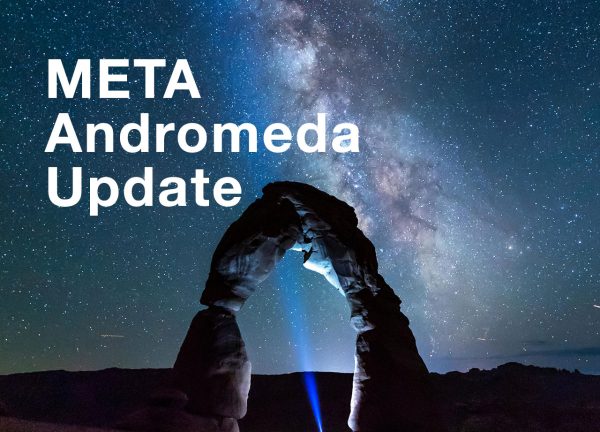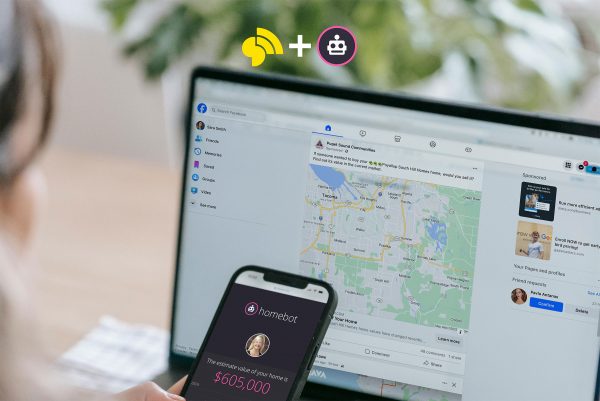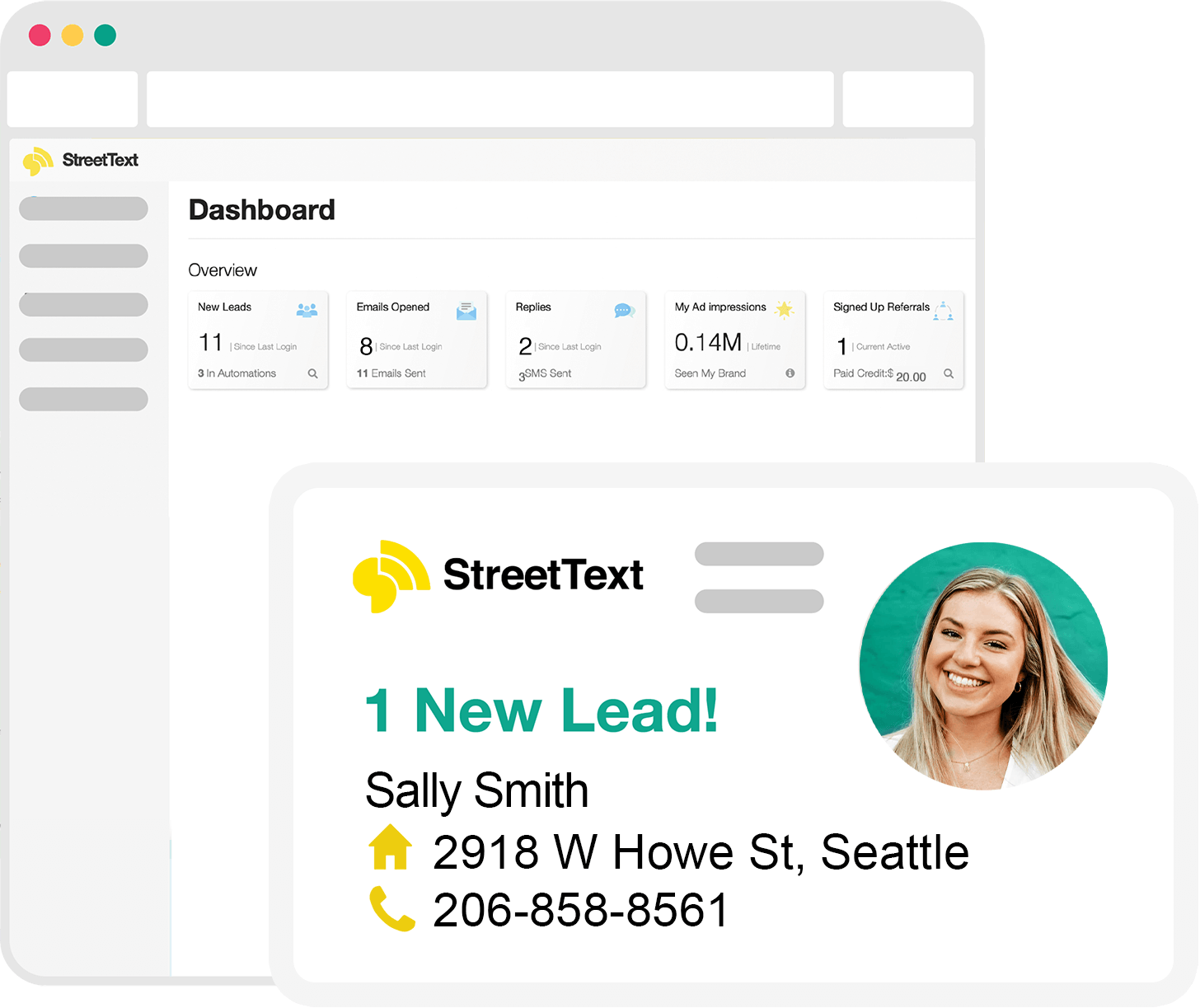Marketing is all about sending the right messages to the right people, and if your goal is to get more clients, you must be able to make that connection. This is no different for any type of lead generation, the leads are out there, you just have to go out and find them!
Finding leads is always a challenge, but it is a critical part of any small business owners job. One of the things that many Real Estate Agents do before putting their lead generation ideas into action is defining their target audience. The most common first distinction they make: what area of their local market do they want to reach?
This sounds like a simple process, but it takes time, thought, and effort if it is to be done correctly. In short, simple steps, let’s take a look at how you can go about defining your target audience to make your lead generation strategy more effective.
Step One: Introspection
The first step will require a lot of thought and honesty.
If you are going to define your target audience, it is best to first think about yourself. Ask yourself these questions and write them down:
- What are your short term goals?
- What are your long term goals?
- What are your strengths?
- What are your weaknesses?
If you are a Real Estate Agent, also thing about what you are hoping to accomplish with your real estate business the types of properties you think you are best suited to sell. Is there something in your background that would make you more knowledgeable about a certain kind of home or connect better with a certain type of customer?
Take this and apply it to your industry. What is it that you would like to see in your database next month?
To know who is best suited to be your target audience, you must first look at who you are and what makes you right for that audience.
Step Two: Analyze Your Existing Client Database
After you’ve thought about yourself and your goals, the next step is to do a comprehensive analysis of your previous clients. This is an excellent indicator of the people you are best fit to serve because you have already managed to serve them.
Compile a database of your past clients, and note similarities or differences between the types of people, the value of each client, and the marketing efforts that led you to them.
It can also be helpful to reach out to clients with a survey that covers why they chose to work with you, what they liked about your services, and so on.
This is all key information that can help guide the next steps.
Step Three: Market Research
You should now have a pretty comprehensive idea in place about who your ideal customer is. If you have a relatively specific target audience in mind, you can begin with your market research. The more specific you get with the target audience, the more you can narrow down your market research.
If you have figured out that your target audience is young professional couples aged 28-35 in Vancouver, British Columbia, you can start to research the habits of this demographic.
For example, jot down:
- What websites are they using?
- What are their values and dreams?
- What are their major life moments happening right now?
- What is their average income in your area?
The better you understand the people you are trying to market to, the better you can authentically connect with them. Tons of online databases will make for invaluable sources with this step.
Step Four: Buyer Persona
Now that you’ve done your market research, it is time to put it together in a buyer persona.
Buyer personas are very useful ways of constructing a manifestation of your target audience. They are hypothetical representations of an ideal customer that businesses and agents use to guide their marketing.
According to Rock Content, 82% of companies that use buyer personas effectively create quality value propositions for clients. You should use your market research to guide your persona, but with hypothetical theories to fill in the blanks.
Constructing full, detailed personas is hugely helpful to agents in their lead generation.
Consider things like:
- Your ideal client’s favorite social media platform
- Their pain points
- Why they would need your services today
- What they want out of someone like you
Step Five: Pre-Launch Preparation
Now that you have a comprehensive target audience in mind with a highly developed idea of who they are and what they want, it is time to start preparing to put your lead generation strategy into action.
Find out which mediums you are going to base your strategy on. Are you going to reach clients on billboards, newspapers, or TV if your target audience is older and not on the internet? Or will you reach them with a website, social media content strategy, and paid online ads?
If you intend to reach clients using Facebook, the largest social media platform globally and a commerce hub, StreetText can help you hit the ground running with an effective Facebook lead generation campaign.
StreetText is one of the best Facebook marketing tools available to small business owners, with a platform specifically designed to help you connect with new leads. StreetText is an invaluable component of any Facebook lead generation campaign, with an easy-to-use platform, one click ad funnels, and proven results. The best part of all, you don’t need to worry about figuring out your buyer persona. All of the targeting is already completed for you in the backend.
We invite you to start a 7-day trial today to find out how StreetText can grow your business!













